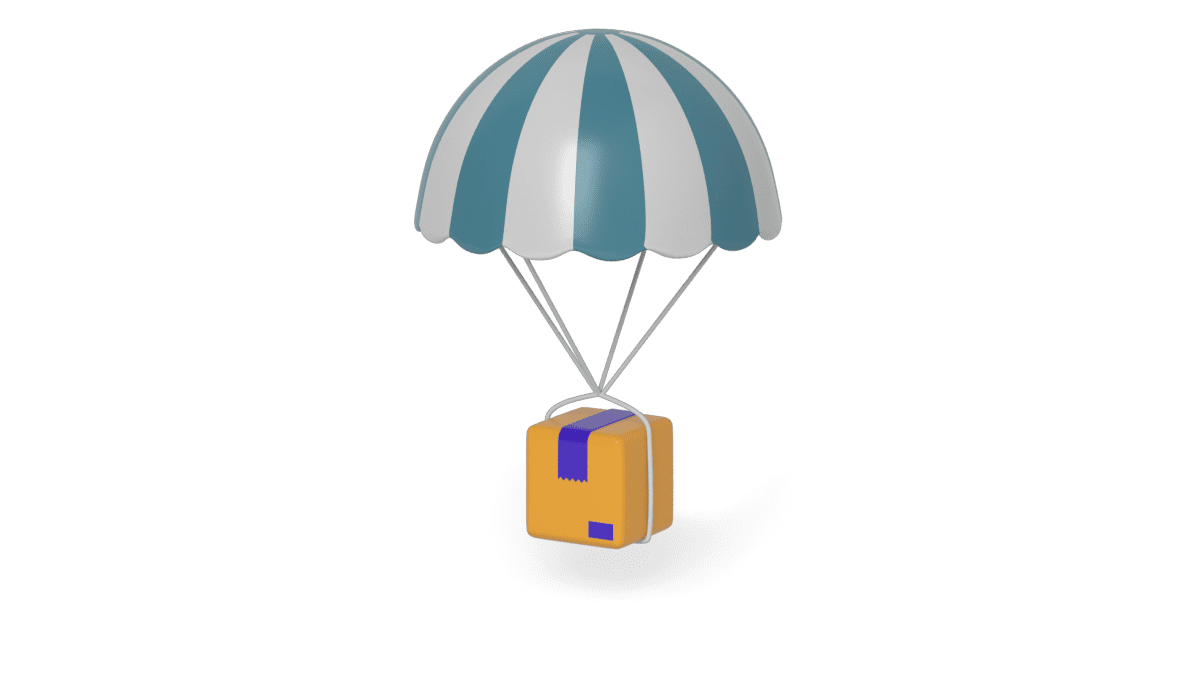
What Is Dropshipping? Everything You Need To Know
Dropshipping is a business model that allows you to start selling even if you don't have a physical inventory and eliminates the operational aspects related to shipping, all with a very low initial investment.

Selling without inventory
In dropshipping, the seller sources products from a third-party supplier. These suppliers offer a wide range of products that can be sold without the need to physically stock them. This means that sellers can test different product lines and niches without having to bear the upfront costs of purchasing inventory.

How does dropshipping work?
The seller lists the supplier’s products in their own online store or on a marketplace. When a customer purchases an item, the seller forwards the order details to the supplier, who then ships the product directly to the customer. The seller profits from the difference between the price charged to the customer and the amount paid to the supplier.
What are the advantages of dropshipping?

No initial investments are required
One of the main advantages of dropshipping is that it requires minimal initial investment. Unlike traditional retail, the seller doesn’t have to purchase inventory upfront or rent a physical store. This makes it an ideal business model for entrepreneurs looking to start an e-commerce business but have limited capital to invest.

You don't need to worry about shipping.
The seller using a dropshipping product catalog won’t have to concern themselves with the packaging and shipping of the product. This task will be handled by the supplier, who, upon receiving the address, will take care of delivering the order to the end customer.

Many products
The seller using a dropshipping catalog can offer a variety and quantity of products far beyond what they could manage with a physical inventory. This translates into the ability to meet diverse demands and avoid the risk of quickly depleting their own stock. Additionally, the seller can leverage an abundant catalog to test items and define the best strategy.
What are the risks of dropshipping?

Supplier quality
We are not referring solely to the quality of the products but to the wholesaler’s reliability in handling orders, shipping products, and updating the catalog. All operations that, if not executed correctly, can damage the reputation and business of the retailer. If you are looking for a quality catalog, try the B2BHUB catalog by Sellrapido.

Selling across multiple channels
The catalog of a wholesaler may contain products of different product categories. For every retailer, it is fundamental to position themselves on multiple marketplaces and eCommerce sites, and differentiate their offer based on the characteristics of each sales channel. This way, they will be able to perform well and maximize profits from the dropshipping catalog. If you are looking for an easy way to manage multiple accounts on a single platform, discover Sellrapido Manager.

Quantity
Every dropshipping catalog can contain thousands of products. For the retailer, the real challenge is managing prices, shipping, and order fulfillments for so many products. Sellrapido provides automations that allow not only the massive publication of products but also the establishment of automatic rules to ensure the desired price is always maintained.

Sales management and packaging policy
The Seller is solely responsible for managing the sales process, including logistics and customer communication. To ensure a seamless and professional customer experience, no supplier-related information, such as identifying details, financial documents (e.g., invoices), or any other materials revealing the supplier’s identity, should be included in the packaging.
This measure ensures a transparent purchasing experience while maintaining confidentiality and brand consistency in accordance with platform standards.
